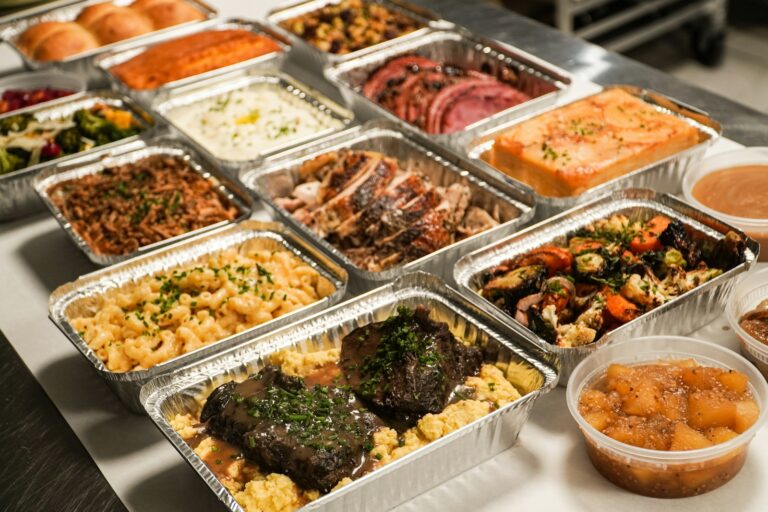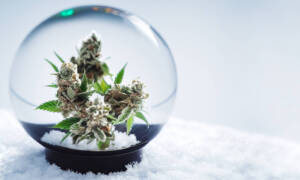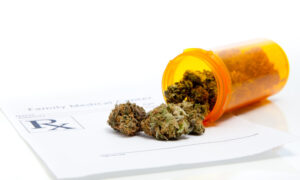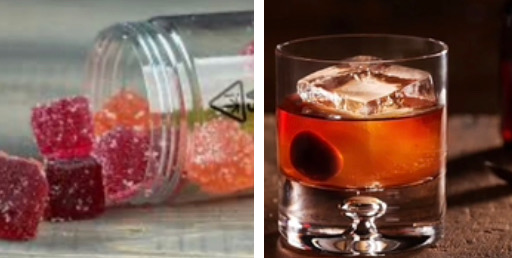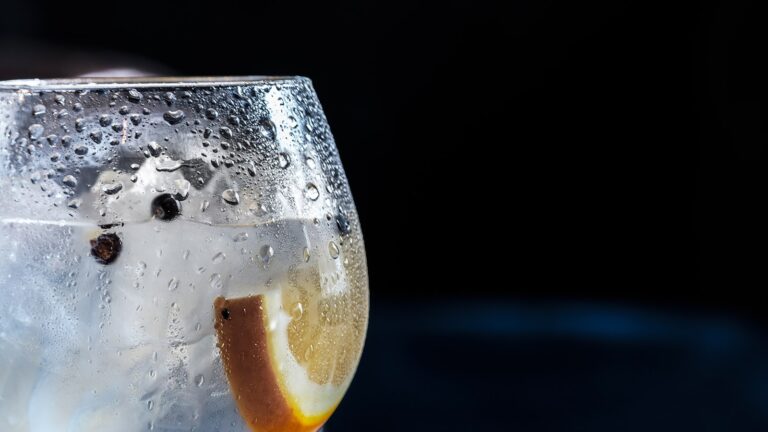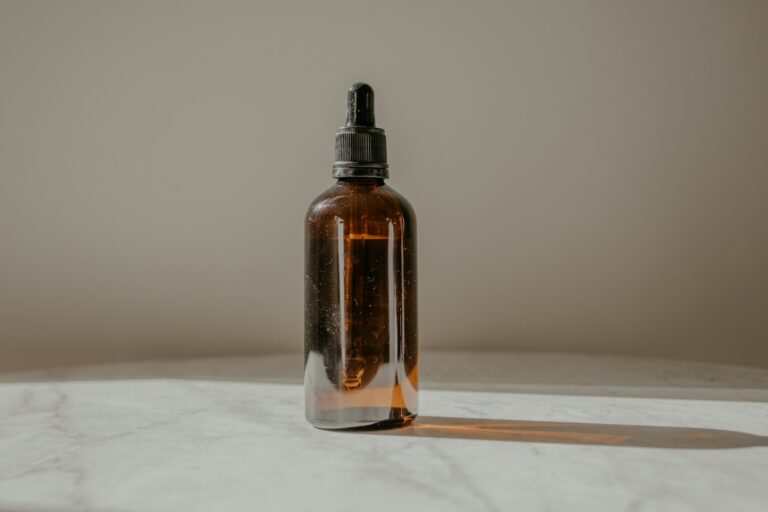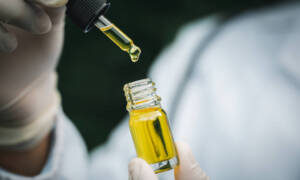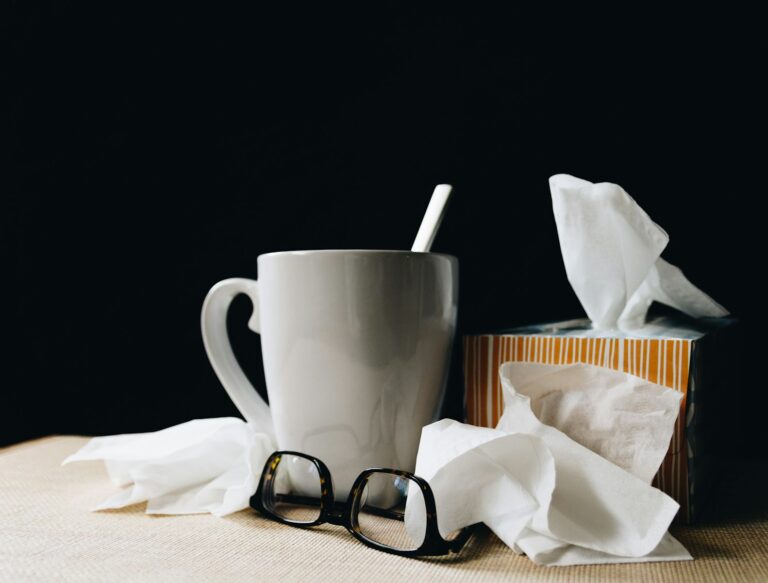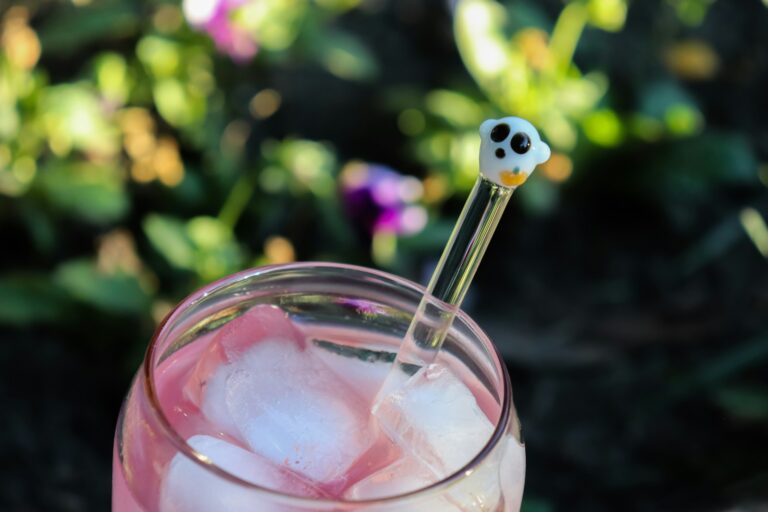Looking for something to distract you and make you feel good? These classic Star War strains will help you kick back and enjoy the wonder of the universe.
Need a little escape from the world around you? Want to slip in a new yet familiar environment? As of 2023, the Star Wars universe had a worldwide box office revenue of about $10.3 billion. Star Wars: Episode VII – The Force Awakens (2015) is the highest-grossing Star Wars movie of all time. It is ranked number one on a list of fandoms, ahead of Marvel. Will, the Star Wars strains will give you the perfect escape to let you take a breather from the world?
Be a Skywalker
Skywalker was created by the Dutch Passion Seed Company. They crossed two of their award-winning Indicas – Blueberry and Mazar – to produce Skywalker, which they intended to be “one of the best Indicas in the world.” The top flavors and aromas of Skywalker are earthy, woody, and spicy, with hints of sweetness and fruitiness.
Skywalker OG is a Sativa dominant, marijuana hybrid. Skywalker OG is well-known for its relaxing and euphoric effects, making it an excellent choice for stress relief and pain management. This strain is often used to alleviate symptoms of anxiety, depression, and insomnia. The Kush is highly potent, with THC levels up to 21%, on average.
Skywalker OG Kush (“No. There is another… Sky… walk…errrr.”) is an Indica derived from Skywalker crossed with an OG Kush. Vape it with a Skywalker OG 710 KingPen.
RELATED: Great Fall Whiskeys
Sour Skywalker (“That name no longer holds any meaning for me.”) is a half and half Sativa/Indica strain. Its ancestry is Sour Diesel crossed with Skywalker OG. It has a dank, pungent smell of earth and lemon, as well as a sour flavor with fruity notes of citrus and lemons. It has an intense yet calming, indica-driven body buzz matched with intense, euphoric cerebral effects. It’s an effective treatment for muscle spasms, chronic pain, insomnia, and stress.

Favorite Characters
C-3PO is a Humboldt County hybrid that was created by Petrolia Farms. With the smell of fresh pine, C3PO delivers relaxing effects with mental clarity due to its high CBD. It has low 1% THC count and high 12-15% CBD count. C-3PO’s levels making it an excellent choice for medical marijuana patients suffering from depression and stress, just like its robotic, neurotic namesake.
R2-D2 Kush is an Indica-dominant hybrid strain, that smells reminiscent of Pine Sol, which come to think of it, is probably what R2-D2 smells like when he needs an oil bath. It is hard and quick hitting to really whisk you into a different place.
RELATED: Marijuana Use And Guy’s Member
The Jedi Masters
OG Darth Vader is a strong, Indica marijuana hybrid that induces an intellectual high, combined with an opiate-like body relaxation. The effect is deep and long lasting. The Vader Force force comes through in its effects, which provide complete body relaxation and sleepiness. Ideal for treating insomnia, this strain may not knock you out immediately, but it will definitely quiet the mind and put all major productive plans on hold.
OG 1 Kenobi is an is an 80/20 Indica-dominant marijuana hybrid, with 18-23% THC levels. It is a cross between Master Kush and Skywalker OG hybrid, and is often mistaken for Skywalker OG. The force is strong with Kenobi. This strain is not for pot padawans. It might knock you out, just like Kenobi knocked out Anakin Skywalker before he fell into the lava pit. Although, if you have serious, chronic pain, you might say, “Help me, OG 1 Kenobi, you’re my only smoke!”
Master Yoda is cross between OG Kush and Master Kush. Yoda is an Indica dominant marijuana hybrid. he original Master Yoda would know, and the sativa side of this mostly indica buzz has just enough of an uplifting balance to please just about anyone. Relax you will!
Jedi Kush (aka OG Jedi) is a pure Indica marijuana, with a 2% CBD count and THC levels between 19-25%, on average. Jedi buds are spade-shaped, like Star Destroyers, with orange and purple undertones, like Mace Windu’s lightsaber. The effects are almost comparable to micro-dosing.
And of course…the ultimate
Death Star is a fully operational 75/25 Indica dominant hybrid with a high THC content. It is a cross between Sensei Star and Sour Diesel. Just like the DS-1 Orbital Battle Station, this hybrid hits hard, so it is better for evening and nighttime use. Crush it up in a Death Star inspired grinder.


